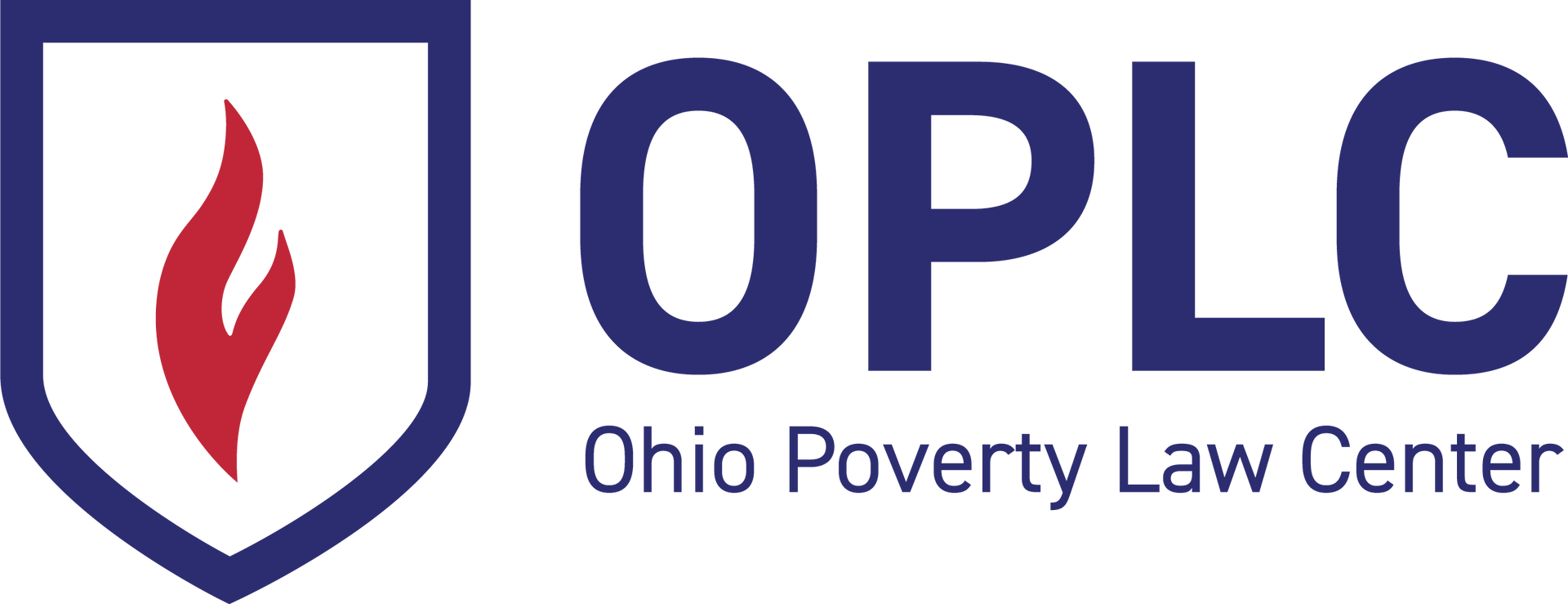LOAN SHARKING AND PAYDAY LENDING
In the struggle to regulate the short term, small dollar loan industry, one theory regularly pops up. This theory states that if such loans are capped and regulated, violent loan sharks will take the place of legitimate small loan businesses that would not be able to survive under such onerous regulation. The violent loan shark threat is mainly raised by industry members and supporters, as most recently happened in Idaho, where a legislative fight to rein in payday loans is waging. An industry supporter quoted in the local news cautioned that making it harder to obtain payday loans could drive borrowers underground. “The danger is that they turn from this sort of legal high-cost loans to illegal high-cost loans such as loan sharking, which, of course, is not a good thing.” In a 2012 article from the Washington and Lee Law Review entitled Loan Sharks, Interest-Rate Caps, and Deregulation, Professor Robert Mayer debunks this “loan shark thesis” using well-researched historical evidence and common sense analysis.
According to Mayer, loan sharks have existed in America at least since the Civil War. The name comes from their predatory behavior, in which the lender seeks to keep the borrower in a cycle of repeated renewals of the high-interest loan. The lender is more concerned with the regular interest payments than the principal itself. Enforcement methods of these early loan sharks did not involve violence at all; instead, loan sharks focused on non-violent personal harassment, wage assignments, and power-of-attorney based judgments to get their money. The idea of violent loan sharks with ties to organized crime did not arise until the 1960s, when splashy headlines captured the public’s attention and forever linked the term to violent enforcement of repayment.
Payday loan regulation was enacted in about three quarters of the states by the mid-twentieth century and was based on a common structure, which limited not only interest rates but contained other regulatory oversight. By the 1950s, many commentators were declaring the problem of predatory lending over because of this regulation, which had placed reasonable limits on the small loan industry.
According to Mayer’s analysis, violent loan sharks historically did not simply pop up wherever strict regulations were enacted. They were limited to certain geographic areas, which tend to be large metropolitan areas like New York, Chicago, and Philadelphia. This suggests that mob-tied loan sharks exist only where organized crime is prevalent, which makes logical sense. It seems unlikely that criminals are in the business of monitoring legislation to pick and choose where they will operate as illegal lenders. Moreover, loan sharks did not come about right after regulation; it took a relatively long time. For instance, Illinois passed a regulatory law in 1917, yet there is no historical evidence of loan sharks being active there prior to World War Two.
Moreover, loan sharks do not target people living paycheck-to-paycheck because the loan sharks do not want to be forced to violently enforce the loan agreement; no one wins when the lender does not get his money back. They are careful to only loan money to those who are likely to pay them back in a short period of time. Payday lenders, on the other hand, cater to the working class who sometimes require cash to tide them over until their next payday. The markets for loan sharks and payday lenders are entirely different, so a rise or fall in one will not necessarily affect the other.
Nevertheless, the “violent” loan shark business and the payday loan business share a common business model. Both are more interested in keeping borrowers in a cycle of debt and profiting from continued interest payments. Multiple studies of the payday loan industry document that repeat borrowing is the norm, and that the industry depends on repeat borrowing to make enough money to stay in business.
A number of states have never legalized the short term, small dollar loans commonly called payday loans, and several others who initially permitted payday lending have since imposed interest rate caps, or allowed enabling statutes to lapse. Yet, the industry has not put forth any credible evidence of an influx of violent, mob-tied loan sharks roaming the streets, filling a lending void in those states.
As Mayer notes, no specific evidence ties payday loan regulation to criminal lending because none exists. Modest regulation of the payday loan industry does not bring violent loan sharking to the forefront of the small loan industry. It does, however, save working class people money and helps prevent them from falling into a destructive debt cycle.
